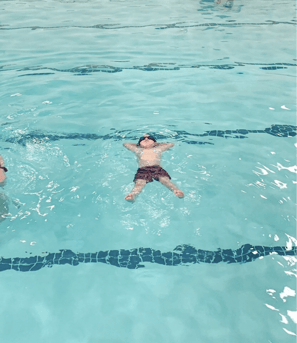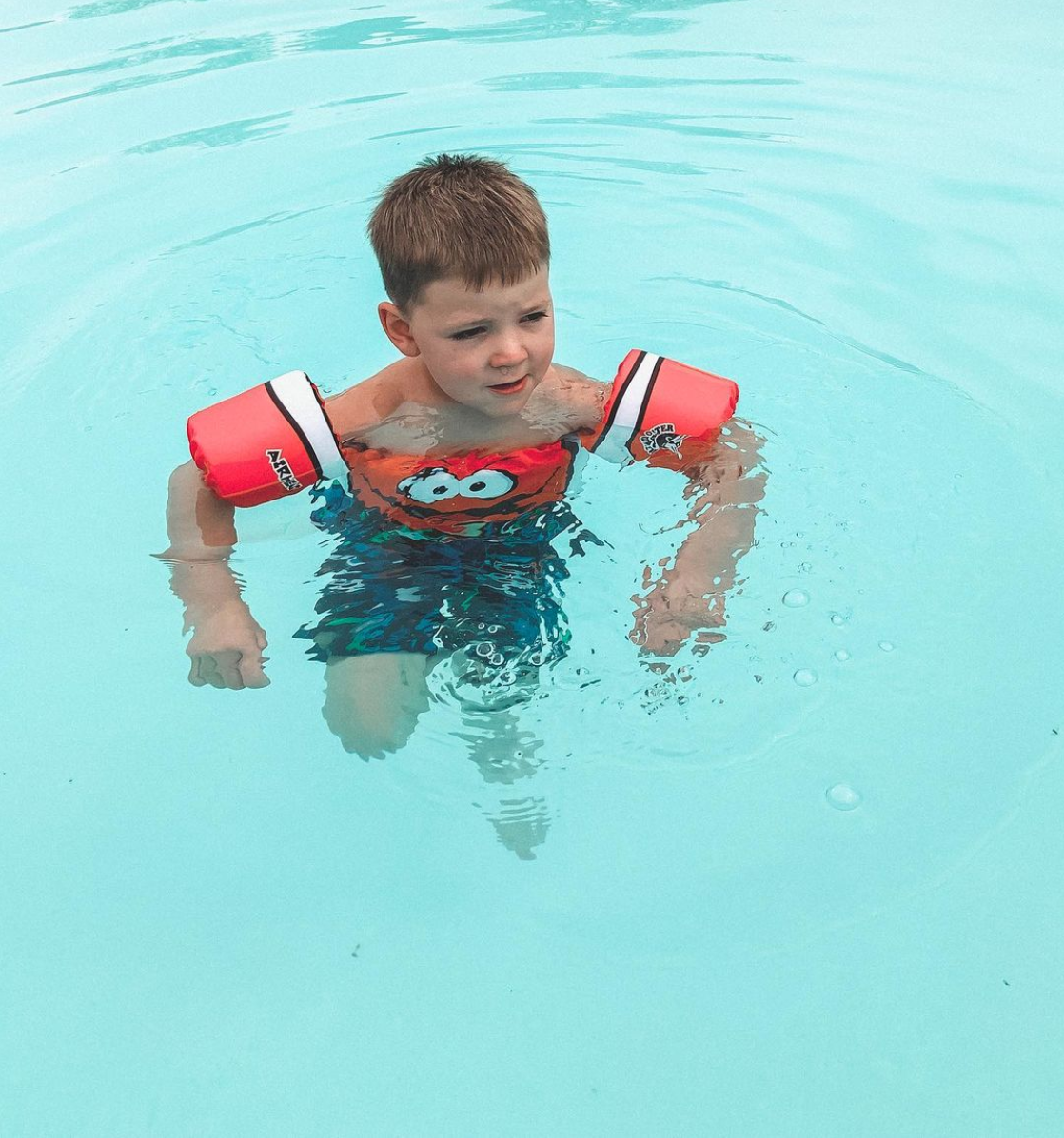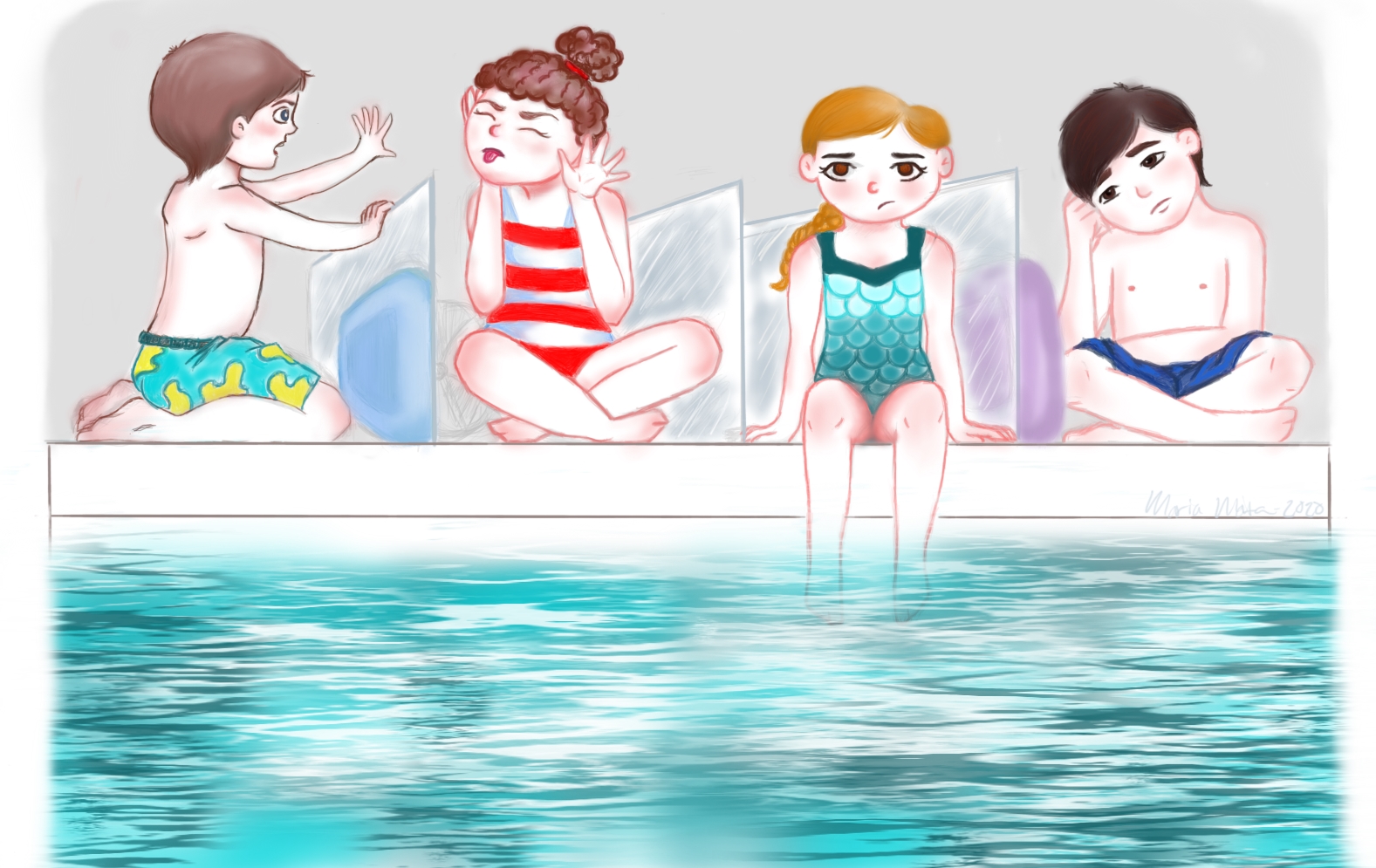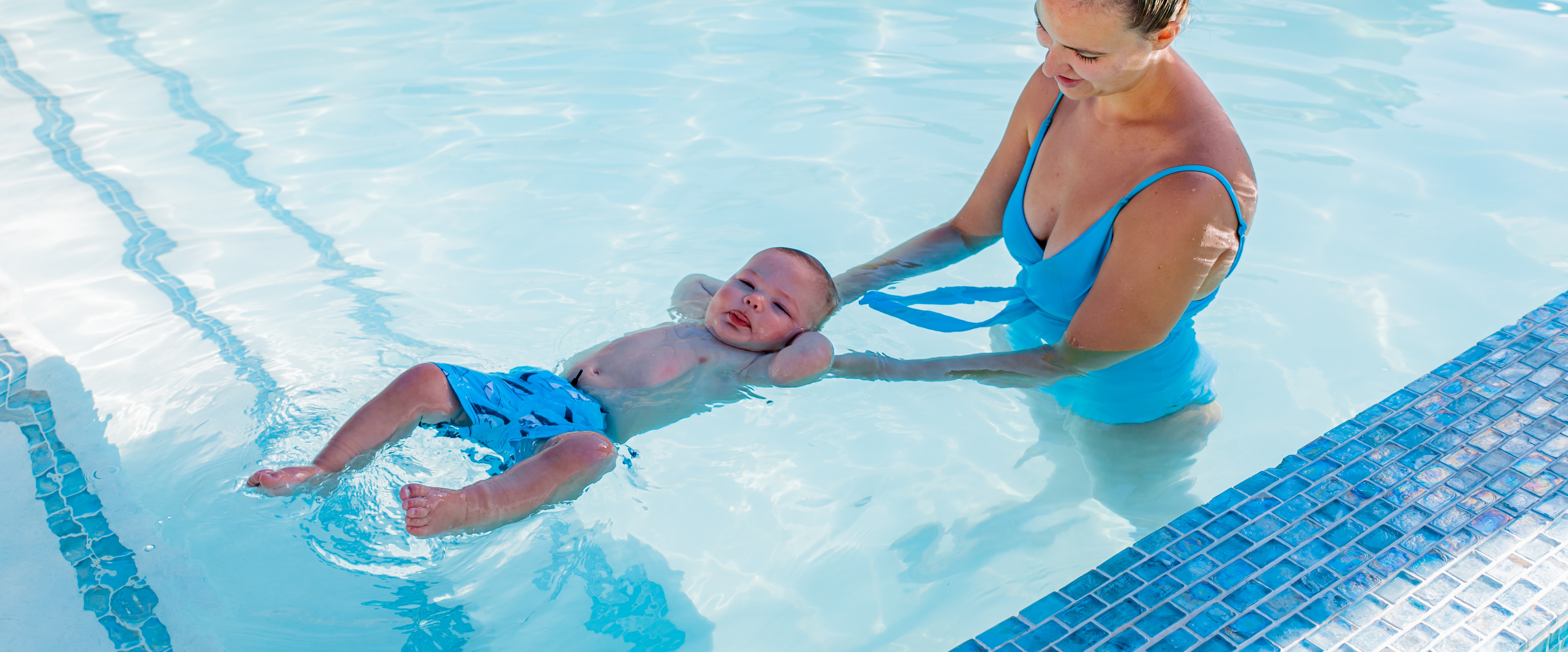I'm naturally a very observant person, and over the years this job has allowed me to really refine that analytical eye. And when developing our program into what it is today, that has been something that really puts us ahead of the competition. It's the details, it's the little things we perfect that result in fundamentally better swim skills.
The back float is the staple for safe swimming and the way the industry teaches it hasn't changed since swimming lessons were established by the American Red Cross. When Aquatics Academy began we saw a need, we heard the same thing from multiple clients, their children had been in swimming lessons for years and could not swim.
Not only could they not swim but they were not safe! Teaching skills wasn't enough! So we designed our program to be simple and make sense from a progression standpoint for a child to know how and when to use these skills with out a prompt from a teacher. It was all about independence, about smart decision making, because these children have seconds to save themselves in the water. If what they were learning wasn't an instinct then what was the point?
The most distinguishable feature we use is a tripod float technique. Instead of an industry wide "Starfish" float with children outstretching their arms and legs  to create the illusion of a starfish,
to create the illusion of a starfish,
we have completely changed
the float our students learn.
We want the arms placed behind their head, creating the illusion of laying in bed. This is a much more relaxed position for kids. And the arms behind the head puts more of their bodies surface area at their head- the most important part of the body to get up out of the water in order to breathe, in order to survive. This one tweak has proven to get children to float longer, to be more controlled in rough or wavy water, and keeps the rest of the body in proper alignment with no effort from the child.


